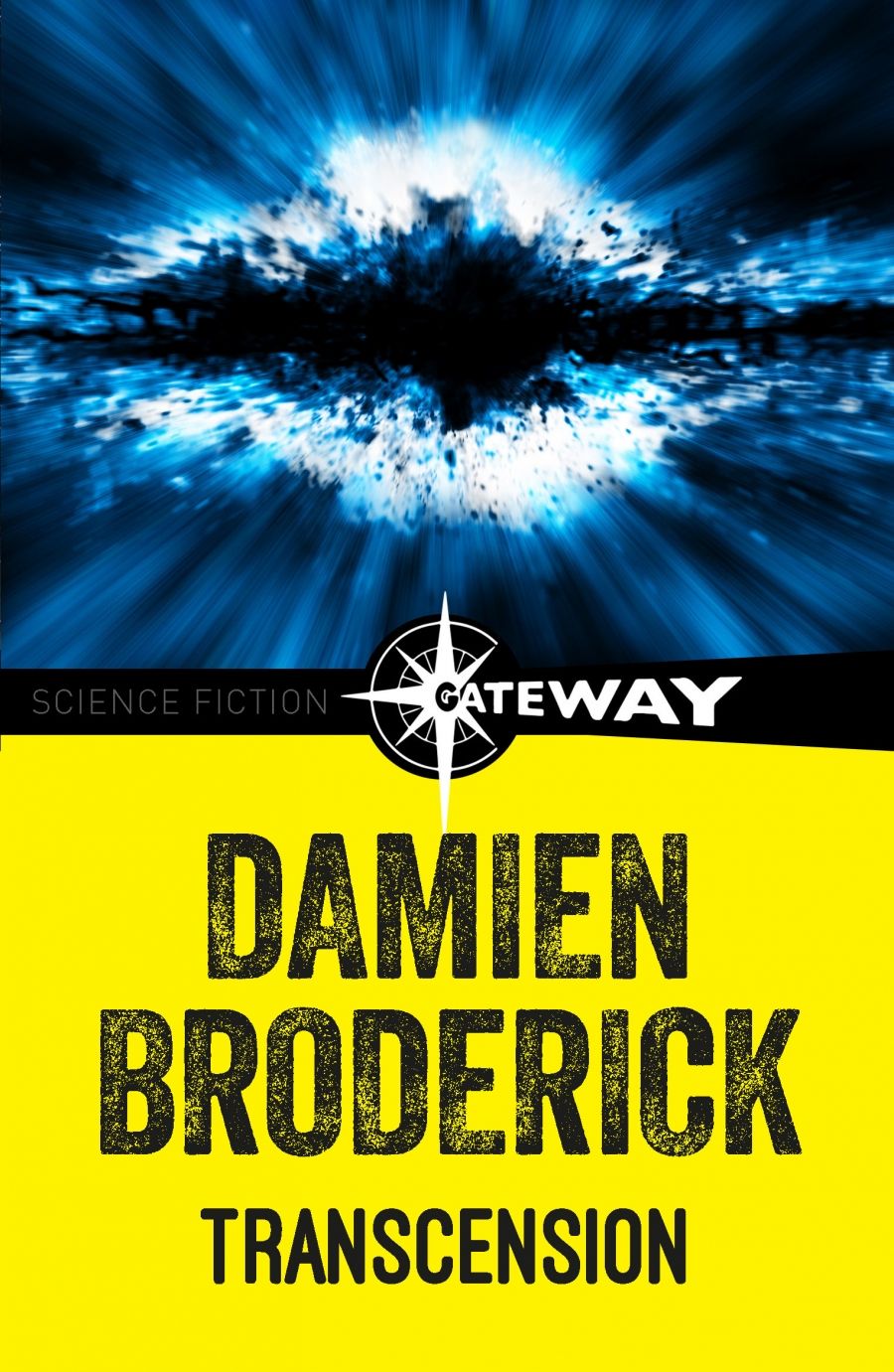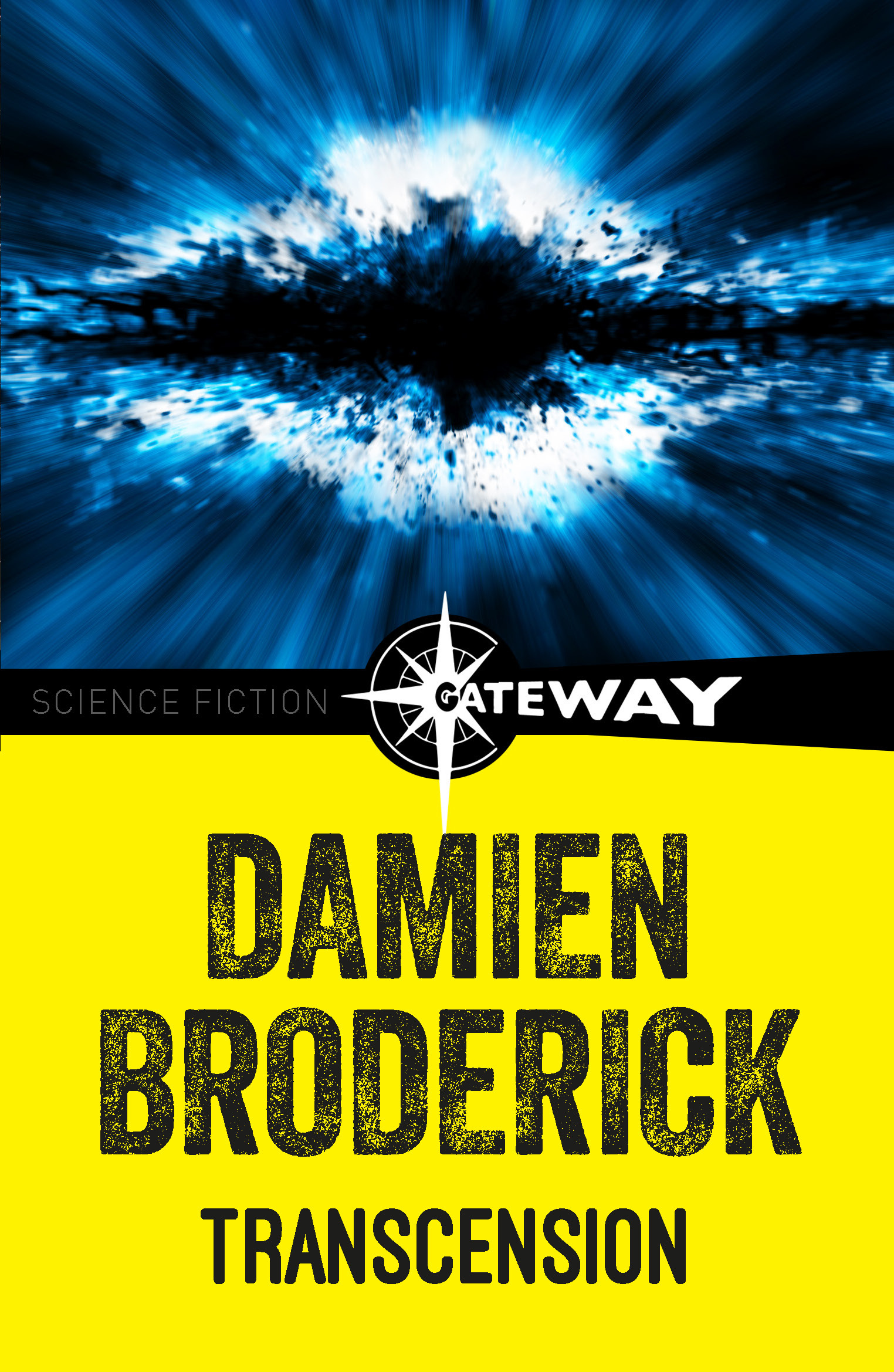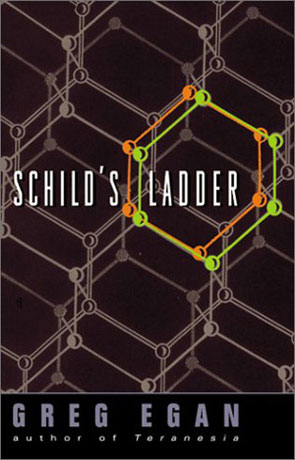
- Free Article: No
- Contents Category: Fiction
- Review Article: Yes
- Article Title: Post-human Futures
- Online Only: No
- Custom Highlight Text:
Since 1990 Australian science fiction (SF) has undergone an extraordinary renaissance. Previously, only a small number of writers, notably Damien Broderick, George Turner and A. Bertram Chandler, had achieved regular success in the major overseas markets of the UK and USA. Local publication of SF was largely restricted to small presses, such as Norstrilia and Cory & Collins, with sporadic support from mainstream and genre magazines.
- Book 1 Title: Transcension
- Book 1 Biblio: Tor Books, US$29.95 hb, 348 pp
- Book 1 Cover Small (400 x 600):

- Book 1 Cover (800 x 1200):

- Book 2 Title: Schild’s Ladder
- Book 2 Biblio: Millennium-Orion, £10.99 pb, 249 pp
- Book 2 Cover Small (400 x 600):

- Book 2 Cover (800 x 1200):

In the 1990s Broderick went from strength to strength, becoming a leading international critic and theorist of the genre, as well as a respected novelist. Greg Egan, who had published short stories and one novel during the 1980s, had a meteoric rise to prominence, winning international awards and building a huge reputation as a novelist of ideas. He is now established as one of the foremost writers of ‘hard’, science-based SF. Many other Australian writers have made their mark overseas, while mass-market publishers in Australia now produce work by a wide range of SF authors, covering most of the field’s variety.
These new books by Broderick and Egan, Transcension and Schild’s Ladder, are at the genre’s cutting edge. Both writers attempt to imagine worlds that have undergone truly radical change, as a result of which humanity itself has been superseded or deeply altered. Such post-human scenarios are now debated intensely within the genre, as its practitioners reflect upon the contemporary technological trajectory. Once the possibilities for powerful new technologies, such as nanotechnology and artificial intelligence (AI), become clearer, the debate will increasingly spill over into the intellectual mainstream, a process already underway. Today’s serious SF themes are tomorrow’s mainstream social and political issues.
In Broderick’s Transcension, the Earth has fallen under the benevolent control of a powerful AI known as ‘the Aleph’, and it becomes clear that human beings, as we know them, are now found only in relatively small enclaves that the Aleph has willingly set aside. Here live societies that, to greatly varying extents, have relinquished the future’s rapidly advancing technology. Broderick shows us how the Aleph came to be, and depicts a sequence of astonishing events as the AI chafes at its remaining limitations, seeking to move to an even higher level of power and freedom.
Egan’s Schild’s Ladder explores the themes of love, identity and the pursuit of knowledge. It is set twenty millennia from now, when the galaxy has been extensively colonised by our descendants, whose minds run on quantum-level computational devices called ‘Qusps’ (‘quantum singleton processors’). In this strange, distant future, people can live in a disembodied, virtual form, or move between different bodies as necessary.
Then an experiment in fundamental physics goes wrong, creating a region of ‘novo-vacuum’ in outer space. Here, different physical laws operate, and nothing living can survive. The novo-vacuum immediately begins expanding outwards at half the speed of light, engulfing star systems and planets, which have to be evacuated before its edge reaches them. This unprecedented disaster triggers two main political responses. The ‘Preservationists’ want to save the existing colonised worlds, which means stopping the expansion of the novo-vacuum or, preferably, destroying it, whereas the ‘Yielders’ want to preserve and study it, or even adapt to it. They see the novo-vacuum as a new universe, flowering within the old, offering a much-needed stimulus to their stagnating interstellar civilisation. As studies of the phenomenon continue, it becomes apparent that the novo-vacuum is not so empty, after all. It has developed its own rich structure, including a form of life.
Both novelists are confronted by the same artistic problems: how to make such radical visions of the future transparent to their readers; how to involve us with their characters. If beings such as Broderick’s Aleph and Egan’s distant descendants of current humans are so far advanced, how can we understand them and care about them? Broderick’s main tactic is to keep us, as far as possible, within the consciousness of a group of human characters, who are given turns to narrate the story. Of these, the most important is Amanda Kolby-McAllister, a bored ‘pender’ (she is going through a kind of biomedically extended adolescence) whose idea of fun is train-surfing on supersonic maglev freighters, using hi-tech safety gear. Amanda speaks and writes in a kind of futuristic teen slang that crushes out many words. While this is off-putting at first, it is easy to get used to, and Amanda is an engaging character, as are the other narrators, whose contrasting personalities provide much of the book’s pleasure. Amanda and her friend Vikram become involved with a community that has renounced machine technology as the work of the devil, though even here there are some twists. The interactions between characters from very different societies are amusing and gentle, though tragedy strikes at one point.
Broderick makes important use of another character, Mohammed Kasim Abdel-Malek, who has survived from approximately our own time. In one narrative thread, we follow what happens to him after he is murdered by a juvenile street gang, preserved cryonically through the Aleph’s rise, then returned to Amanda’s society.
Schild’s Ladder is far more daunting, requiring considerable concentration and effort to penetrate extensive tracts of scientific discourse. Yet it is also notable for its mastery of technique, for Egan has a refined ability to clarify everything, so that the only remaining difficulties are those arising from the subject matter itself. The style and structure of the book are simplified to the maximum, and the prose contains no distractions. Egan enables us to understand events through the eyes of truly strange characters, and to feel their passions.
For a mainstream audience, these are not the most accessible books by either writer. Egan’s Teranesia (1999), in particular, is a far better work to begin with for anyone unfamiliar with his writing. Transcension and Schild’s Ladder are quite remote in tone and intention from media ‘sci-fi’, the sort of action/adventure SF that predominates on television and in the cinema. Instead, they are carefully refined thought experiments, as rich and moving in their way as high quality mainstream novels. These books may not extend the audience of either writer, but they should receive much attention from the international readers of SF, and they confirm the current richness of the SF field in Australia.


Comments powered by CComment